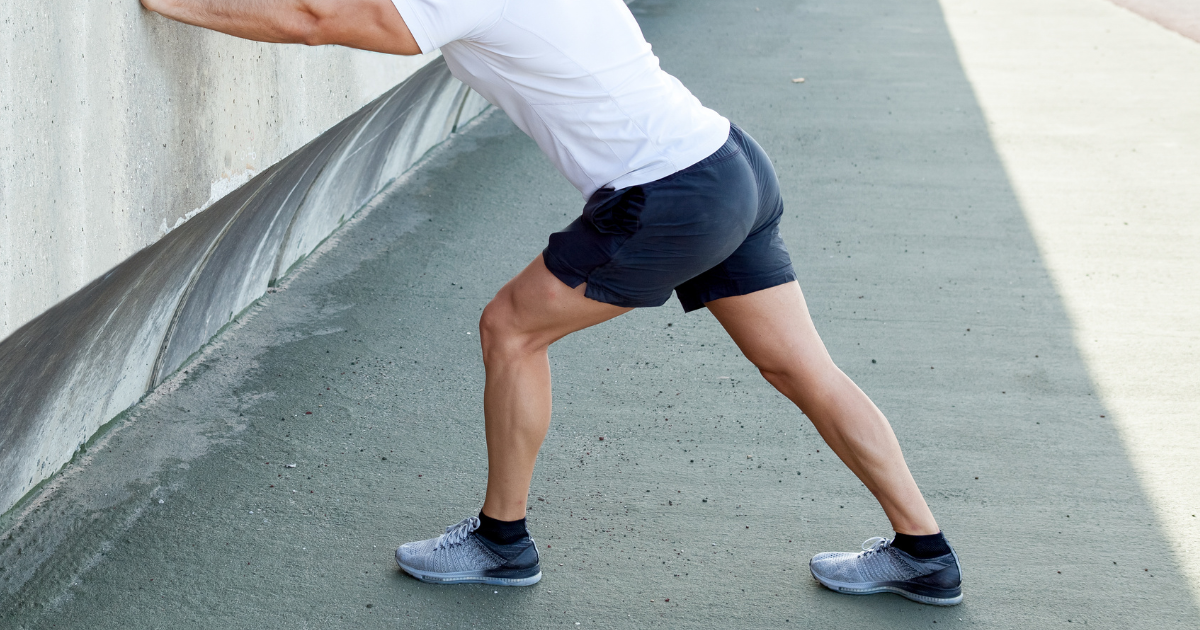Avoid These Mistakes: Critical Steps to Take Immediately After an Ankle Injury
What to Do Right After an Ankle Injury: Immediate Care Tips for Fast Recovery
A sudden twist, a missed step, or a mid-game misstep—ankle sprains can catch anyone off guard. The key to bouncing back quickly is knowing exactly what to do in those first hours and days after the injury. Whether you’re an athlete benched unexpectedly or someone navigating an unlucky tumble, the steps you take immediately can set the tone for your recovery.
Let’s break it down: from quick fixes like RICE to long-term strategies like PEACE & LOVE, here’s your go-to guide for tackling an ankle sprain head-on.
Step 1: Immediate Response – Why the First 24 Hours Matter
The first 24 hours after an ankle injury are make-or-break time. This is when your body’s inflammatory response kicks into high gear, causing swelling, pain, and sometimes a not-so-pretty bruise. While this reaction is normal (and even helpful), unmanaged inflammation can lead to complications like tissue damage or extended recovery times. That’s why what you do right away is so important.
Start by recognizing the signs: swelling, bruising, pain, and limited mobility. The goal in these early hours is simple: reduce swelling, manage pain, and protect the injury to prevent further damage. The quicker you take action, the smoother your recovery will be.
Step 2: RICE vs. PEACE & LOVE – Choosing Your Recovery Path
For years, RICE (Rest, Ice, Compression, Elevation) was the gold standard for ankle sprains—and it’s still a solid approach for initial care. But today, many experts are leaning into a more holistic recovery framework: PEACE & LOVE. This method doesn’t just stop at early care; it paves the way for a long-term recovery plan that helps you regain full strength.
Here’s how they compare:
RICE (Rest, Ice, Compression, Elevation)
- Rest: Keep weight off your ankle to prevent further injury.
- Ice: Apply ice for 15-20 minutes every couple of hours to reduce swelling.
- Compression: Use a wrap or bandage for support and to manage swelling.
- Elevation: Keep your ankle raised above heart level to minimize fluid buildup.
PEACE & LOVE
- PEACE (Protect, Elevate, Avoid anti-inflammatory drugs, Compress, Educate):
- Protect your ankle by avoiding weight-bearing activities.
- Elevate to reduce swelling (hello, couch time!).
- Avoid NSAIDs early on—let your body’s inflammation response do its healing magic.
- Compress with a bandage for added support.
- Educate yourself on recovery techniques.
- LOVE (Load, Optimism, Vascularization, Exercise):
- Gradually reintroduce movement to stimulate healing.
- Stay optimistic—your mindset plays a big role in your recovery.
- Encourage blood flow with light, pain-free movement.
- Start exercises to rebuild strength and flexibility.
While RICE is a great place to start, PEACE & LOVE shifts the focus toward active recovery and long-term resilience.
Step 3: When to See a Doctor
Sometimes, a sprain needs more than at-home care. Here’s when to seek medical attention:
- You can’t bear weight on your ankle at all.
- Pain is intense and doesn’t ease after a few hours.
- Swelling gets worse or doesn’t go down after 72 hours.
- Discoloration or instability makes walking difficult.
Getting an X-ray or MRI can rule out serious issues like fractures or ligament tears, ensuring you’re on the right track for recovery.
Step 4: The Days After – Moving Toward Recovery
Once the initial pain and swelling subside, it’s time to ease back into movement. But don’t rush it—this phase is all about balance. Too much rest can lead to stiffness, while pushing too hard can result in setbacks.
Start with these steps:
- Gentle Range-of-Motion Exercises: Move your ankle in all directions to keep it flexible.
- Light Weight-Bearing: Use crutches or a walking boot if needed, but aim to wean off them as soon as it’s safe.
- Strengthening: Begin simple exercises like towel scrunches, balancing on one foot, or resistance band work to rebuild stability.
- Listen to Your Body: Sharp pain is your sign to slow down.
Gradually transitioning from rest to activity is critical for avoiding re-injury and building long-term strength.
Takeaway
An ankle sprain might feel like a major hurdle, but with the right care, you’ll be back on your feet in no time. Start strong with immediate care—whether you choose RICE or the more comprehensive PEACE & LOVE—and know when to call in a professional for help. Recovery is a process, but by taking it one step at a time, you’ll come back stronger than ever.
Stay proactive, stay patient, and above all, stay optimistic—your ankles have got this!
Dr. T



